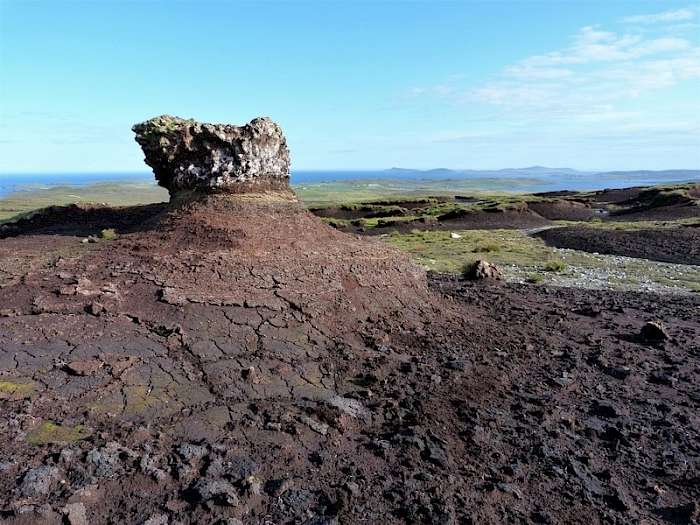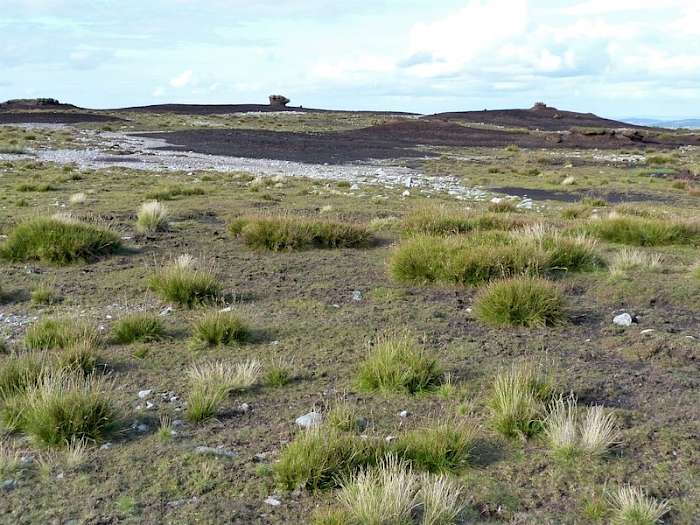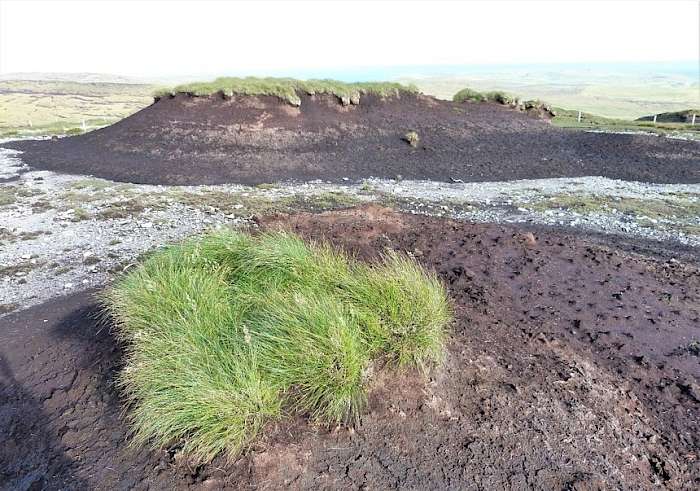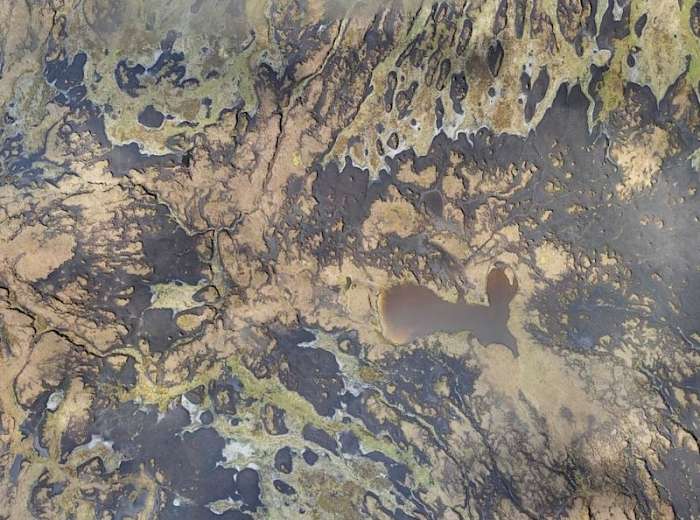The management of peat, including handling, storage, reuse and reinstatement throughout construction of the Viking Energy Wind Farm is a key priority for the project. Much of the Viking Energy Wind Farm site is located on heavily eroding and degraded peat which is therefore a net emitter of stored carbon.
Viking Energy is committed to working in accordance with the approved peat and habitat management plans, and to working alongside the Shetland Windfarm Environmental Advisory Group (SWEAG), established to support the project through the sharing of knowledge and promotion of learning.

Viking Energy’s Habitat Management Plan (HMP) has been approved by SEPA, SNH and Shetland Islands Council. SWEAG will act as an independent expert advisory group to oversee the comprehensive programme of conservation measures, which include extensive peat restoration over 260 hectares of significantly damaged and eroded habitat.

Ahead of the construction and restoration work it is important to recognise the current condition of the peat on the wider wind farm site and consider those claims which suggest that the peat is predominantly active and pristine.
In his independent advice to Viking EnergyDr Richard Birnie, a renowned expert on the degradation of blanket mire with specialist knowledge of the peat habitat in the central Mainland of Shetland, states that claims that the wind farm is being built on pristine blanket bog are a “misconception” and “clearly not the case”.
Examples of the poor condition of the peat across much of the wind farm site can be seen from the photos featured on this page.
In addition, Dr Birnie has made the following observations:
- Peat erosion is widespread over the wind farm site, with extensive areas of bare peat surfaces, especially in Nesting;
- Vegetation over much of the blanket bog in Shetland has been mofidied, primarily through the long-term effects of sheep grazing and typically showing declines in key species like heather;
Because there is extensive erosion the peat would not be considered to be in favourable condition. It would therefore be inappropriate to describe the blanket bog within much of the wind farm site as “pristine”.
- Losses of bare peat surfaces have been directly measured at site, on Mid Kame, to the west of Petta Water. The annual losses were found to be 10-40mm.
- Approximately 50% of the organic matter in peat is carbon and, therefore, arresting peat erosion is potentially a significant positive contribution to the site’s carbon budget.
- The large expanses of eroding peat should be (and were) taken into account when calculating the wind farm’s carbon payback time.

The scientific background to mapping, categorising and assessing carbon emissions from damaged and eroding peat can be found here.
Updated carbon payback calculations for the wind farm were produced as part of the Environmental Impact Assessment underpinning the variation to the planning consent granted in 2019. The calculations show the expected carbon payback for the development to be less than two years, saving over 500,000 tonnes of carbon dioxide every year over the lifetime of the project.
In consenting the variation, Scottish Ministers stated the following:
“Ministers are satisfied that the proposed varied development would provide carbon savings, and that these savings would be of an order that weighs in favour of the proposed varied development. There is no evidence to suggest that the proposed varied development would not offer substantial carbon savings.”
A comprehensive Peat Management Plan (PMP) for the site has been approved by SEPA and Shetland Islands Council. The PMP, a related Construction Environmental Management Plan and a separate Habitat Management Plan (HMP) are fundamental requirements of the consent conditions and over 10,000 individual peat probes have been carried out to provide raw data to inform these.
Peatland restoration obligations on site will be met as an ongoing part of the construction process and will be integrated with the HMP. Blanket bog turves and volumes of peat generated will, in large part, be used for additional peatland restoration at locations close to wind farm and access track construction.
The prevalence of bare peat on extensive parts of the site means that reseeding/planting with appropriate native moorland species will also be of central importance. All reinstatement will be overseen and monitored by an Ecological Clerk of Works with the aim being to ensure satisfactory revegetation within a defined period. A geotechnical engineer will also be present on site throughout construction to ensure that detailed peat stability plans are adhered to and regularly updated.

Viking Energy will continue to work with all its partners, the advisory group and the wider academic community in the coming years and will seek to ensure that Shetland becomes a centre of excellence and recognised leader in peat restoration techniques and habitat management.